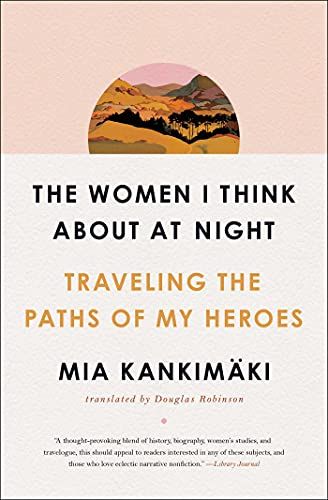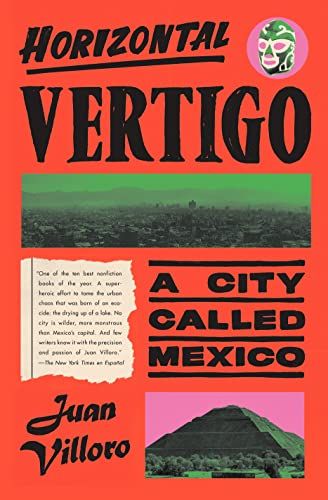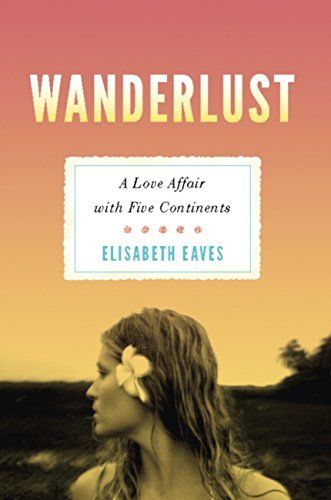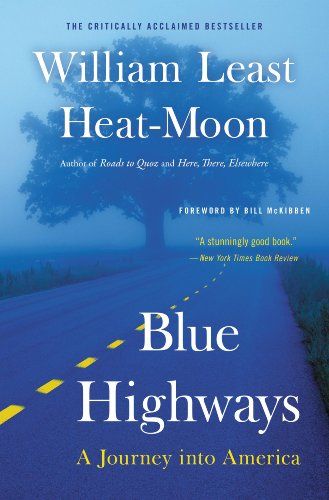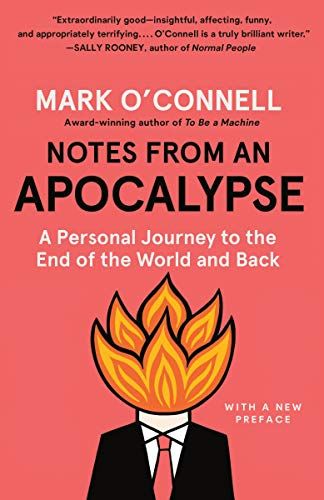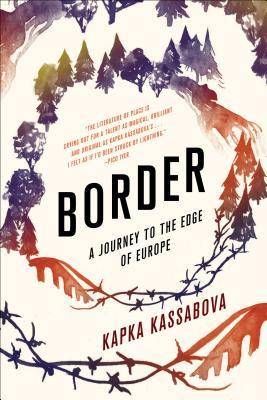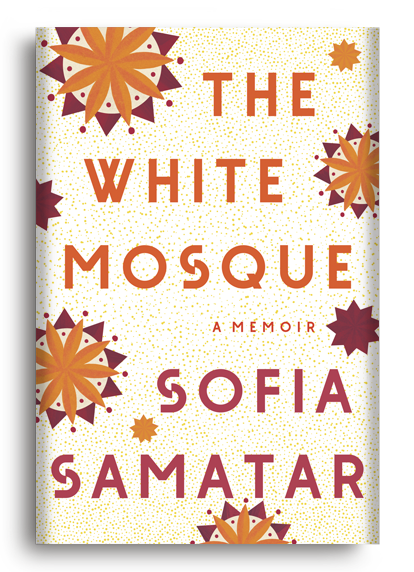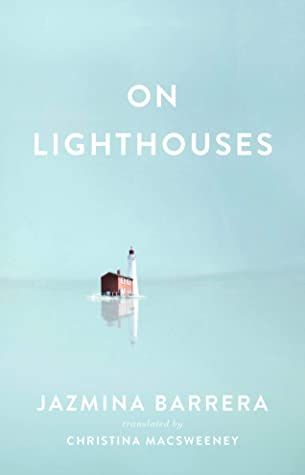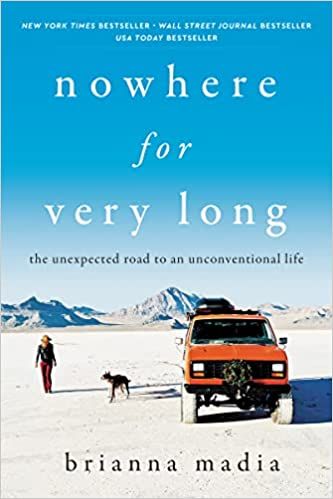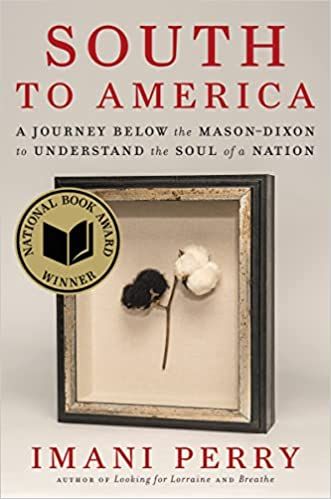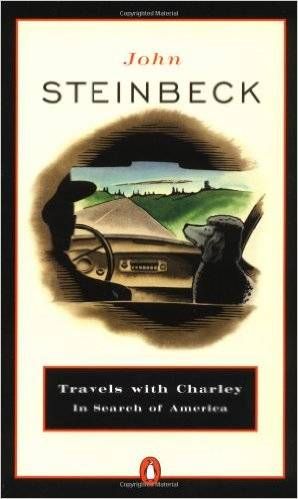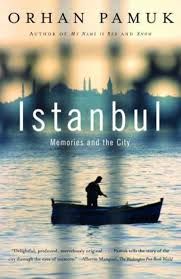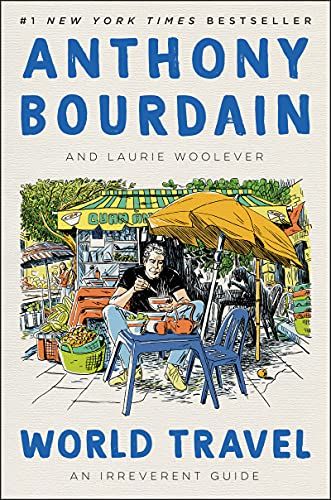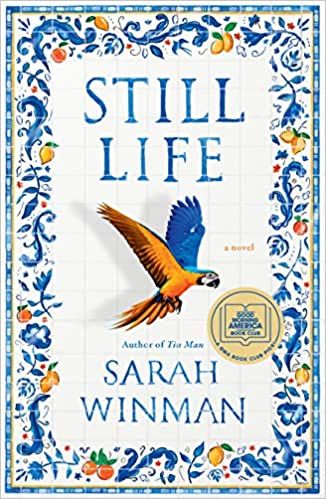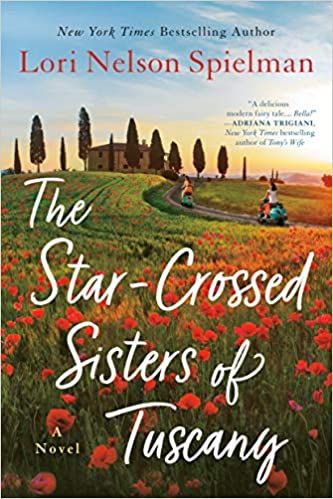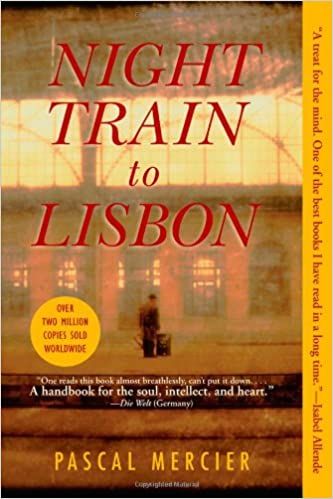As the world somehow grows larger yet smaller, our stories become more and more connected, where the journeys of another start to feel like our own. If that is what you are finding to be true, you have come in the right place. The list that follows below are made up of travel books that combine format and scope; within these pages you will find elements of history, autobiography, and invitations for reflection. Whether it be personal hero’s journey or making sense of the apocalypse around us, these books have some or all of it. The intent of this list of travel books is to break free from the notion that travel is a thing of leisure, available to only a select few. While it is true that being able to travel physically is a privilege, we are all travelers in our own right and these travel books will awaken some of that in you.
The Best Travel Books: Nonfiction
The Best Travel Books: Fiction
If you are looking for more unconventional books about what it means to travel; first-hand and while on your couch, then check out these unconventional books about travel. The book is written as a series of short essays, loosely thematic. There is no academic cohesiveness to the topic: Villaro writes on history, urbanism, government, modern culture, people, places, and things, without sticking to one particular “subject.” He writes as a chilango in a way that is approachable to someone who has never been to the city, but creates a connection where you are both there and everywhere all at once. This is about as good as road trip travelogues get. It is a series of daily vignettes remarkably absent of self-indulgence, a hard thing to steer clear of in a memoir. The main premise of this book revolves around the author returning back to Bulgaria after emigrating 25 years ago. Her aim is to explore the border that Bulgaria shares with Turkey and Greece. I appreciated how the author combines history, mysticism, and spirituality with the true accounts of the individuals living near and around the bordered regions. These accounts are told in a respectful and honest manner. The White Mosque begins and ends with Samatar’s touristic, scholarly pilgrimage to Uzbekistan in search of these European Mennonites who traversed that path over a century ago. It is a guided tour. Mennonites, non-Mennonites, tourists, and heritage-seekers accompany Samatar; their observations contribute to this memoir and help shape Samatar’s embodied experience of being a Mennonite of color. Pamuk chooses to depict the city in which he has lived all 50 years of his life through his own personal experience. This is an experience created out of the analysis and painting childhood memories, personal family tragedy and happiness, famous literary figures and creations, perspectives of newspapers, and reports of oddities. Added to this is descriptions of city-wide feelings, doings, and happenings, and most importantly, the concept of “huzun”: a complicated, honorable, tenaciously held communal melancholy that Pamuk believes lies over the city, and of course — the endless big words East and West shoving their heads together in the midst of people just trying to live their lives.
